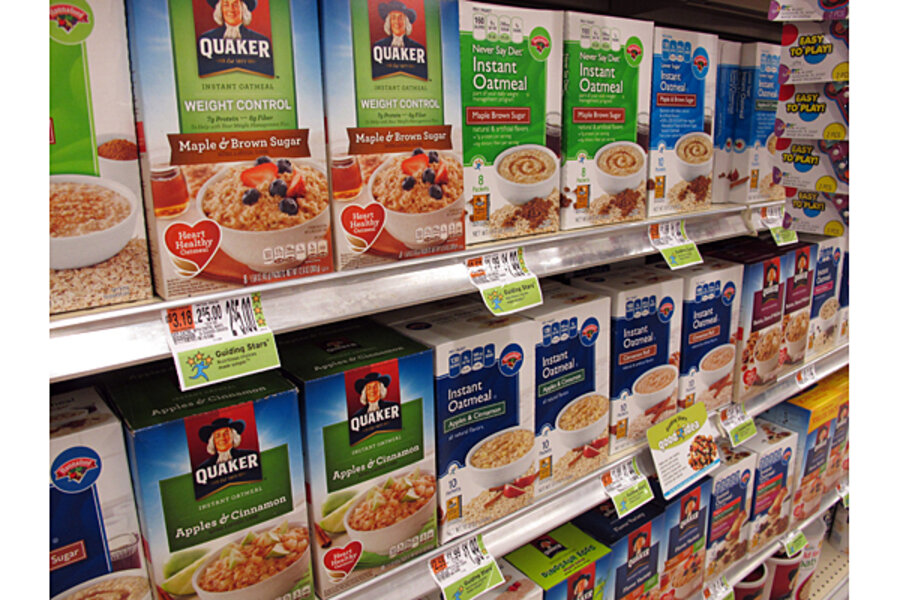When to skimp and when to spend on quality: four ways to decide
Loading...
Two of the biggest principles of frugality often seem to point people in opposite directions.
On one side, we have the idea of minimizing the amount you spend. It’s often a good goal to plan nutritious meals for the week with minimum expense, seek out needed household supplies at the lowest possible rate, reduce your monthly bills as much as possible, and, in short, do everything you can to minimize the amount of cash that flows out of your wallet.
On the other side, there’s the idea of buying it for life. It makes sense to spend more to buy an item that you’ll be able to use for a very long time. For example, buying a cast iron skillet might be more expensive than buying a Teflon-coated skillet, but after five years, that Teflon coating begins to peel, requiring a replacement, while that cast iron skillet will last for many, many years.
One idea pushes you to spend less on your items, while the other pushes you to spend more on the items. How do you determine which is the right approach for a particular purchase?
For me, I use a few easily determined factors to figure out whether I should buy an item for life or minimize the cost of the item.
First, is the item consumable? Generally, if I’m consuming an item with every use, I’m going to be focused on minimizing the cost while still getting the quality I need.
You’re not going to be buying a box of trash bags for life, after all, though you may discover that the cheapest bags don’t necessarily do the job that you want. If I’m uncertain about a purchase and I know that I’m going to gradually be consuming the item, I’ll buy the cheapest version I can.
Second, how often am I going to be using the item? Is this an item that’s going to receive daily use? Weekly? Once a year?
The more frequently you use an item, the more sense it makes to buy a highly reliable version of that item that will last for a very long time. If you rarely use the item, then such reliability is a lot less important.
The third question is thus connected to the second one: is this the first time I’ve owned an item like this?
When you buy a new type of item for the first time, you have no idea how it will actually integrate into your life. You might have visions of using it every day, but will you actually use it every day? That remains to be seen.
For example, let’s say you don’t own a smartphone but you’re about to try one for the first time. It does not make sense to buy the most expensive smart phone at the store. In fact, your best move is to get the best free phone that your cellular provider offers and see, over the next year or two, how it integrates into your life. If you find yourself using it all the time, you can then select one that will last for a long time and match your needs. If you rarely use it, then your next one should be another freebie.
A final thing to consider: how devastating is it if this item doesn’t work when you decide to use it? Is this an item that you only pull out in emergencies and you need it to work? In those cases, don’t skimp. However, if you could pull out the item to use it and nothing goes really wrong in your life if it doesn’t work, then the reliable version is a bit less vital.
Overall, my breakdown on when to buy it for life and when to buy it for cheap is pretty simple. If it’s an item that I’m replacing in my home that I have witnessed myself using repeatedly and it’s not a consumable item, I buy it for life. Otherwise, I buy it for cheap.
Thanks to that philosophy, I end up having very high quality versions of the items I use all the time, like kitchen knives and plates. For other items, I have the cheap version.
The post When to Skimp and When to Spend More for Quality appeared first on The Simple Dollar.








